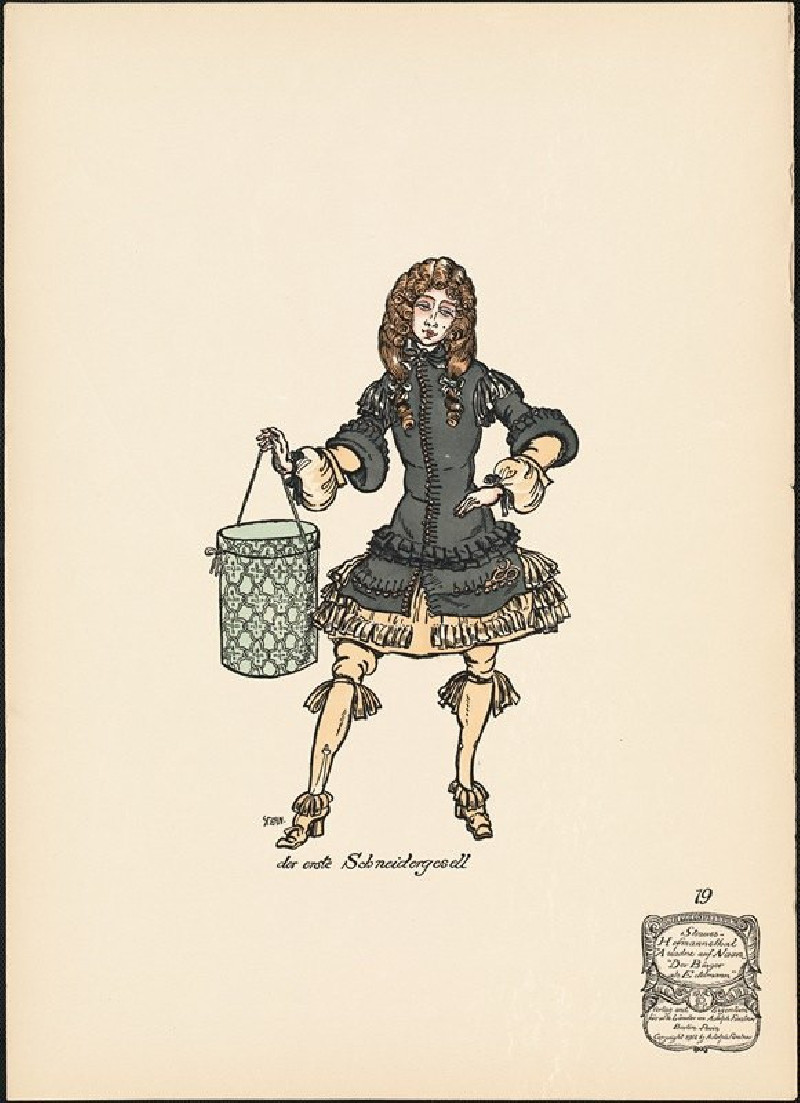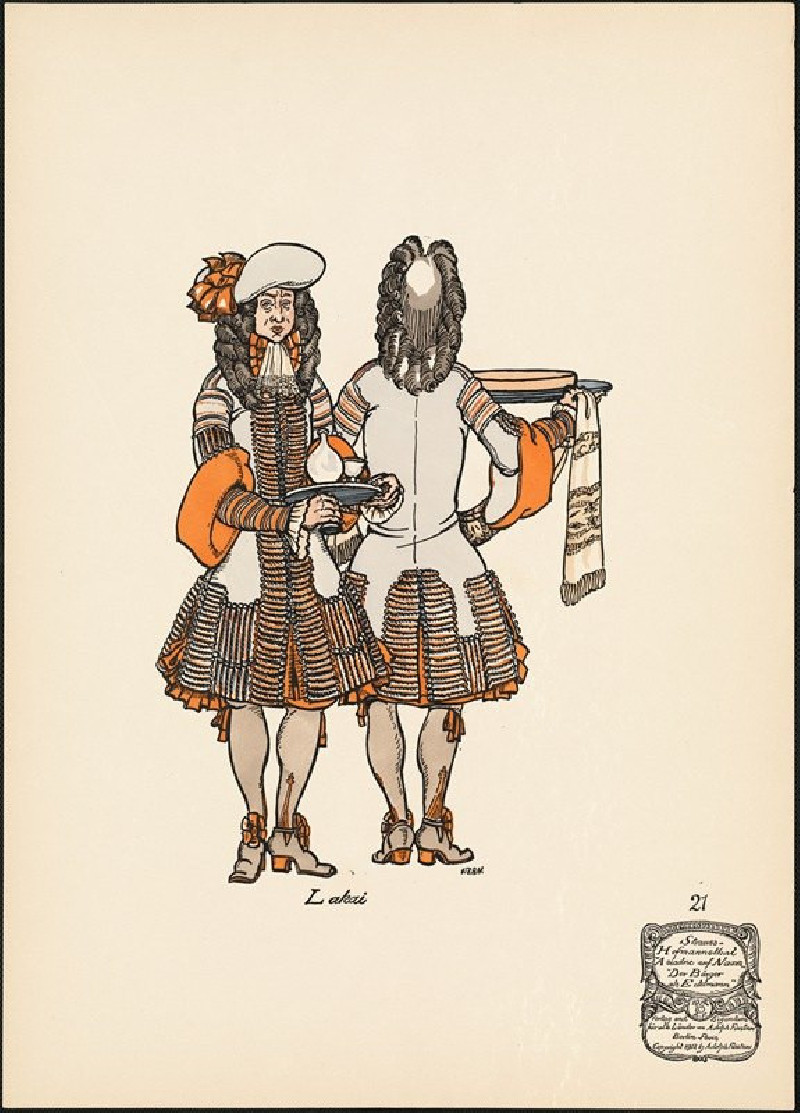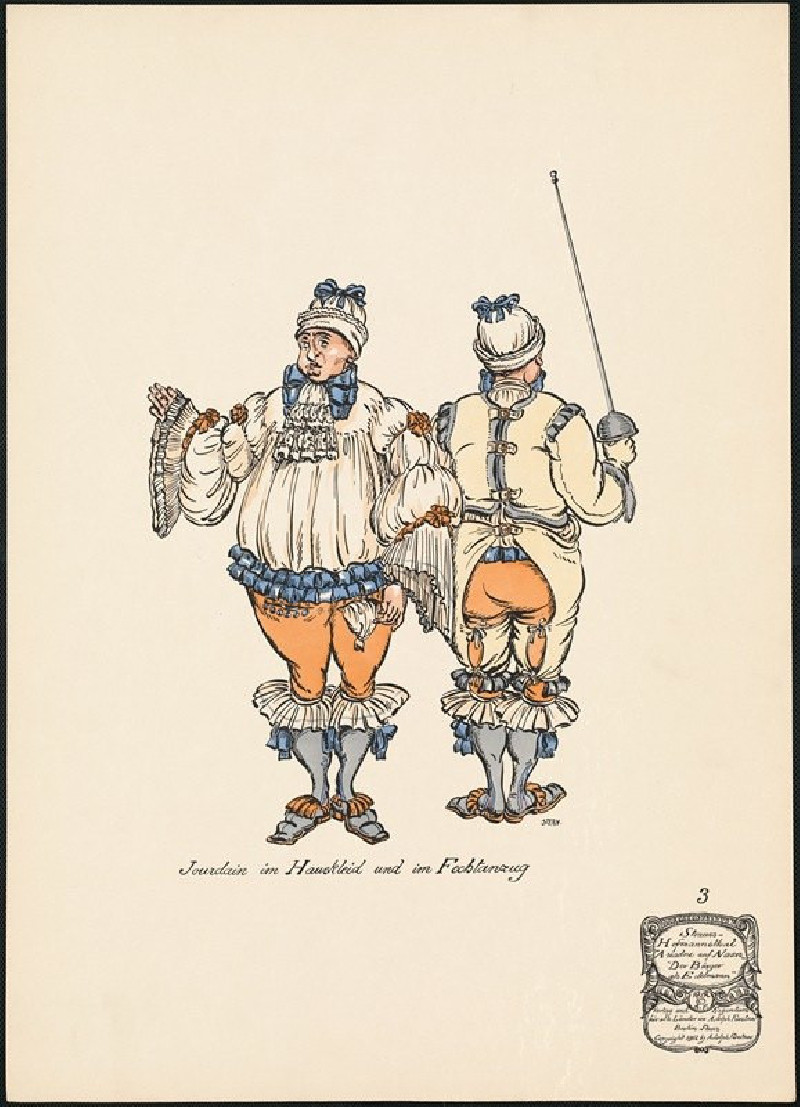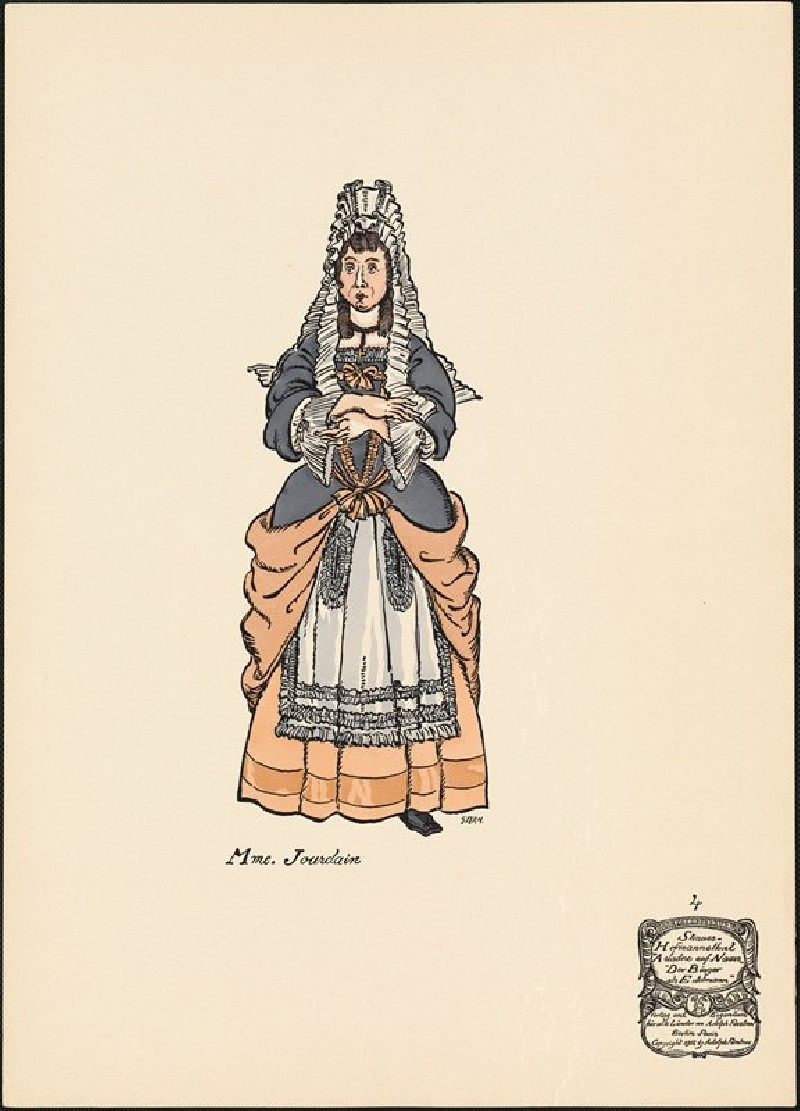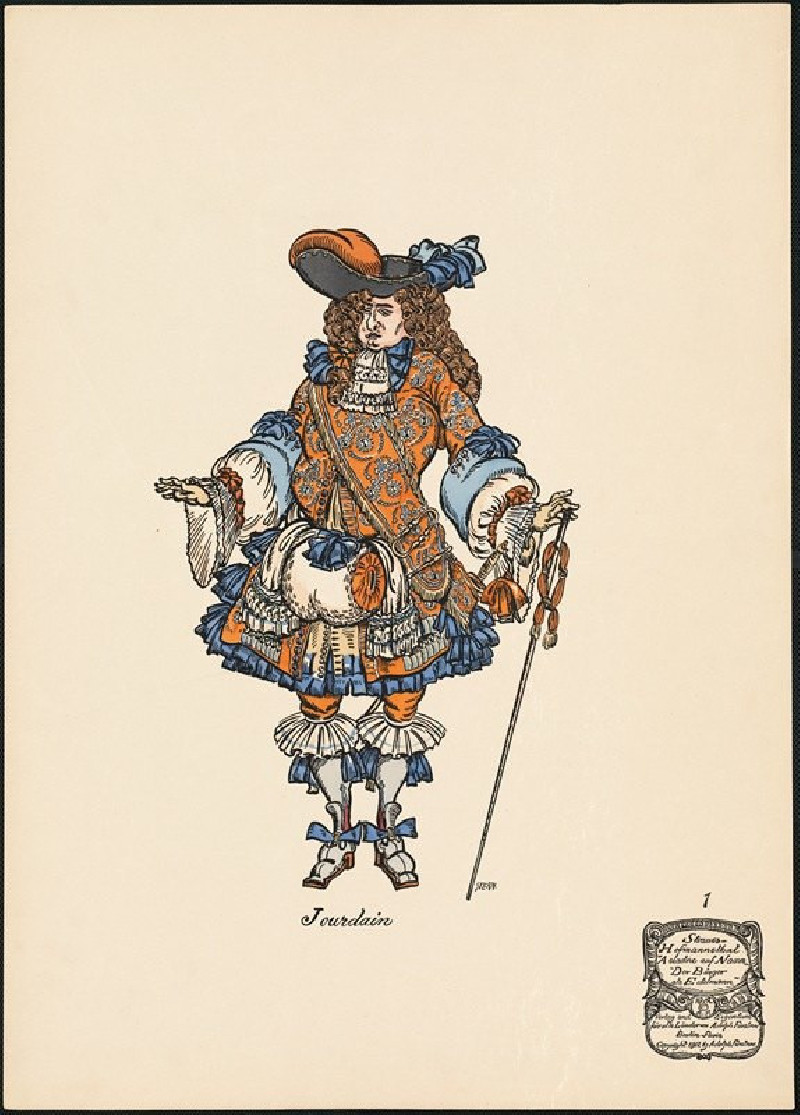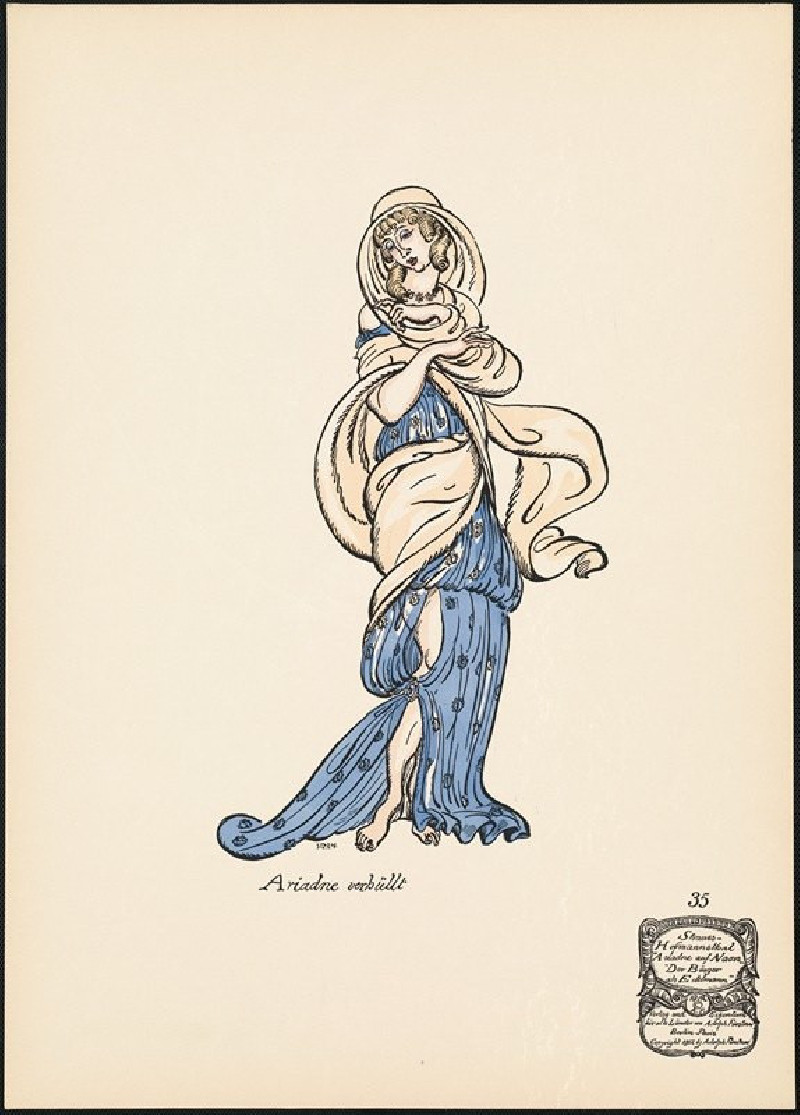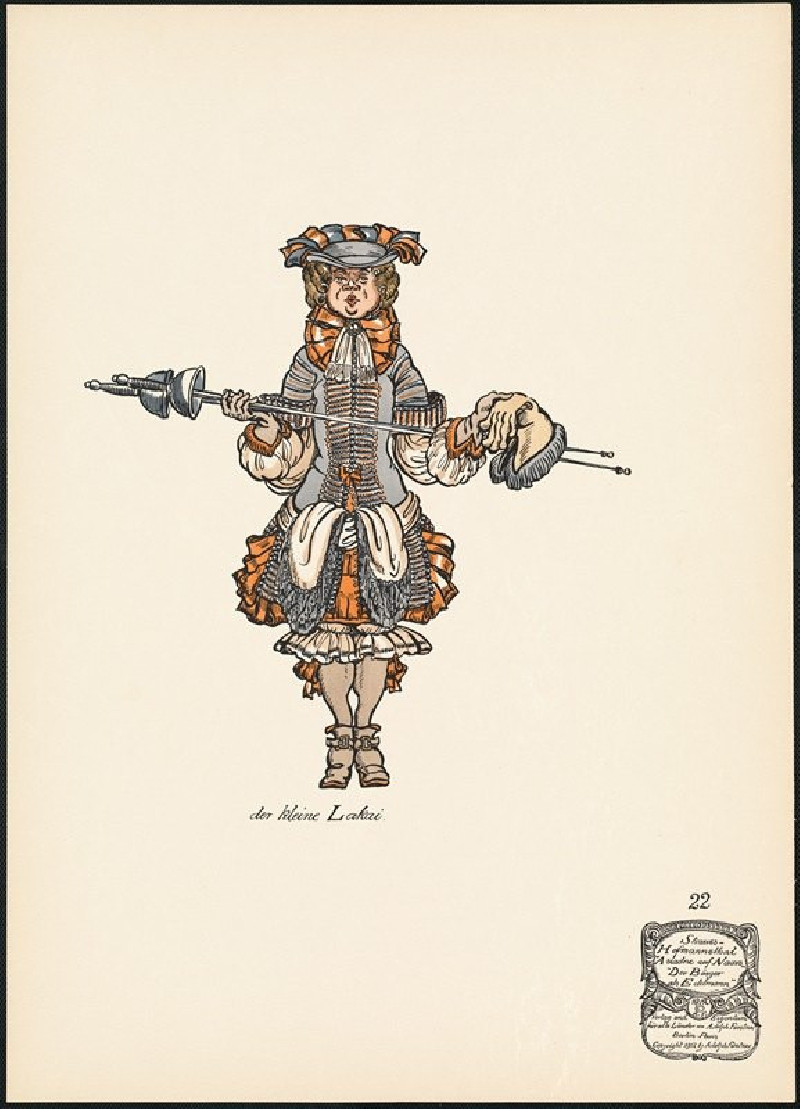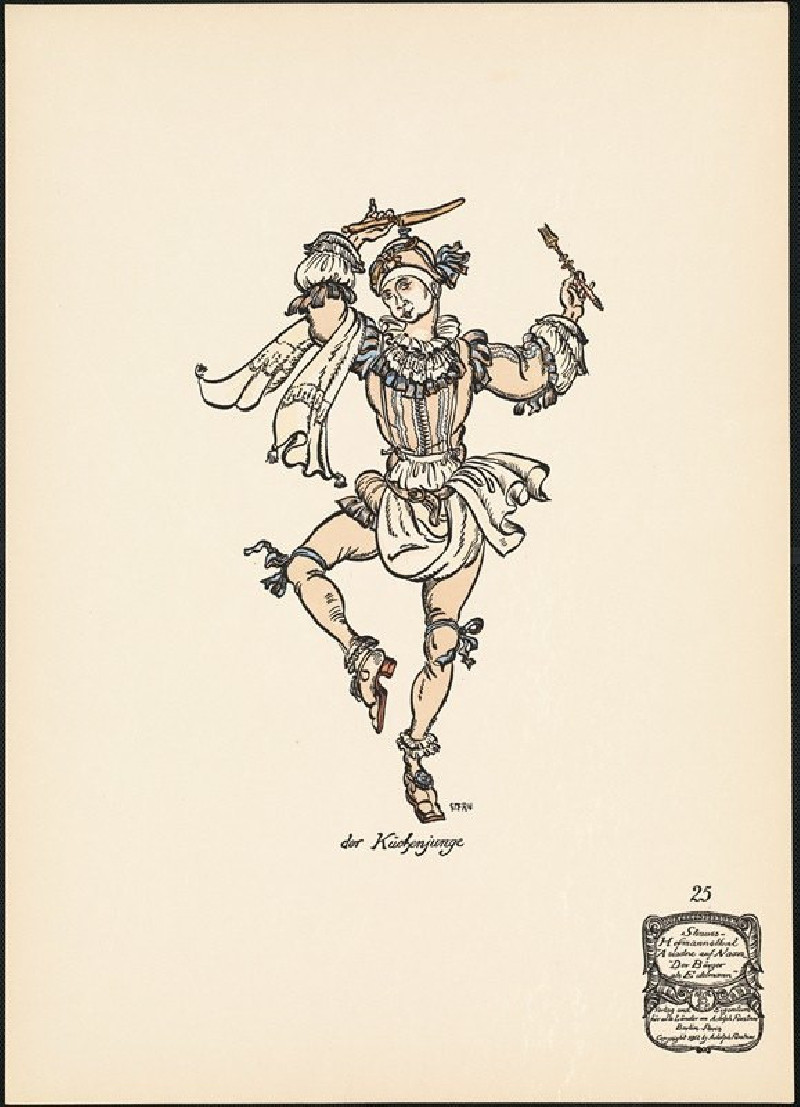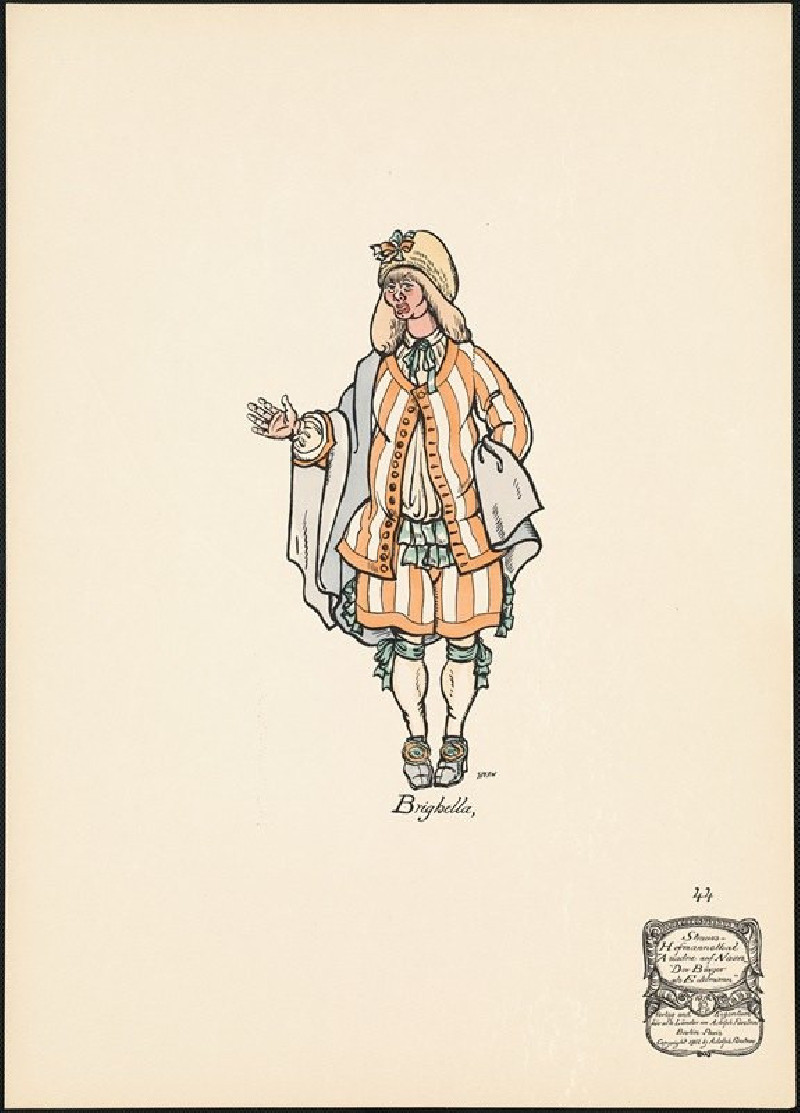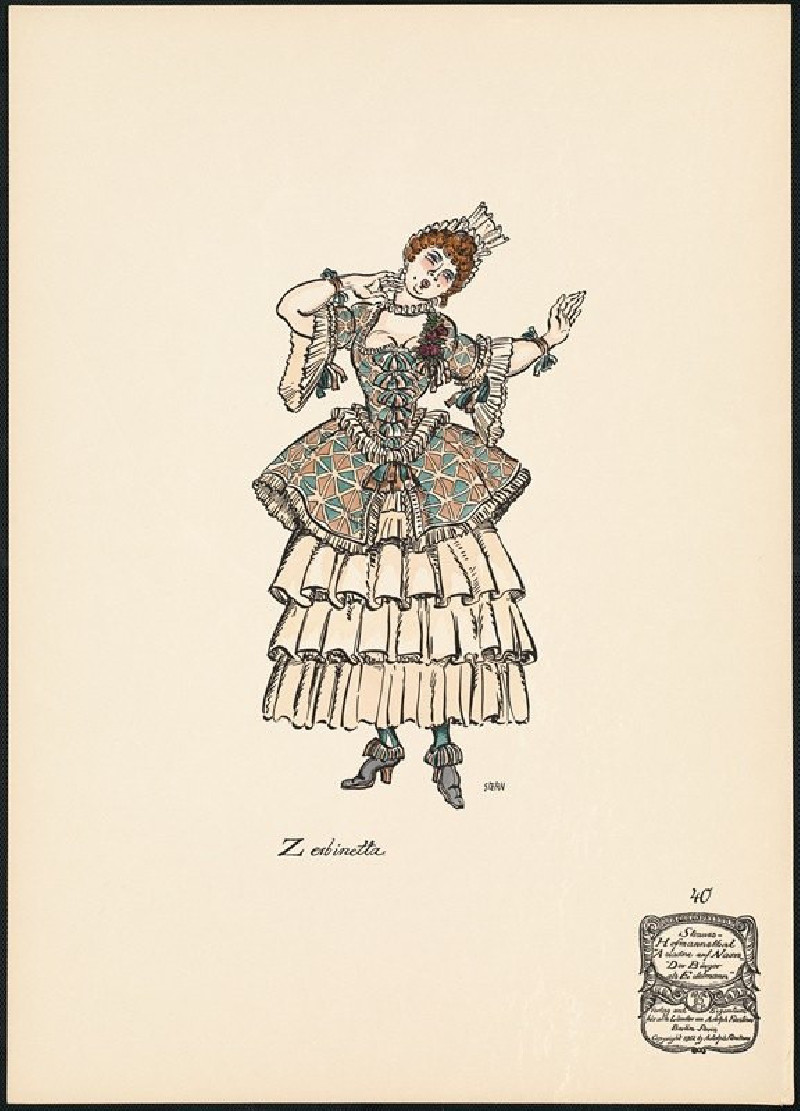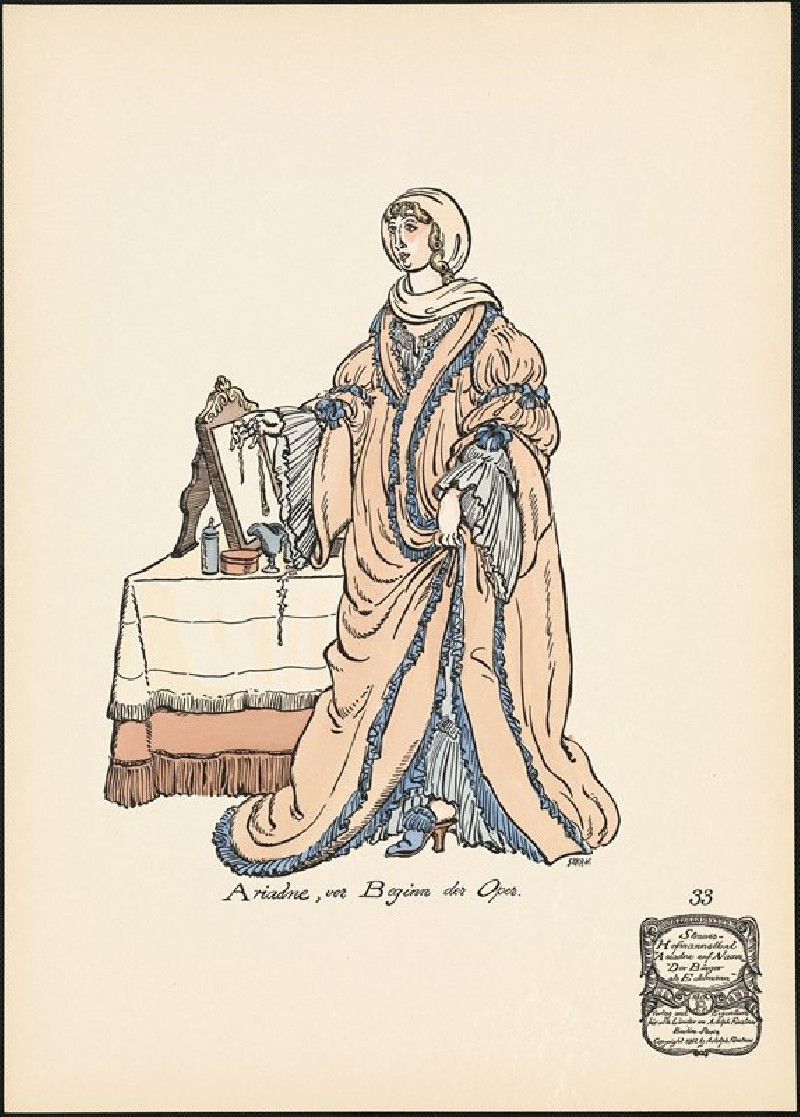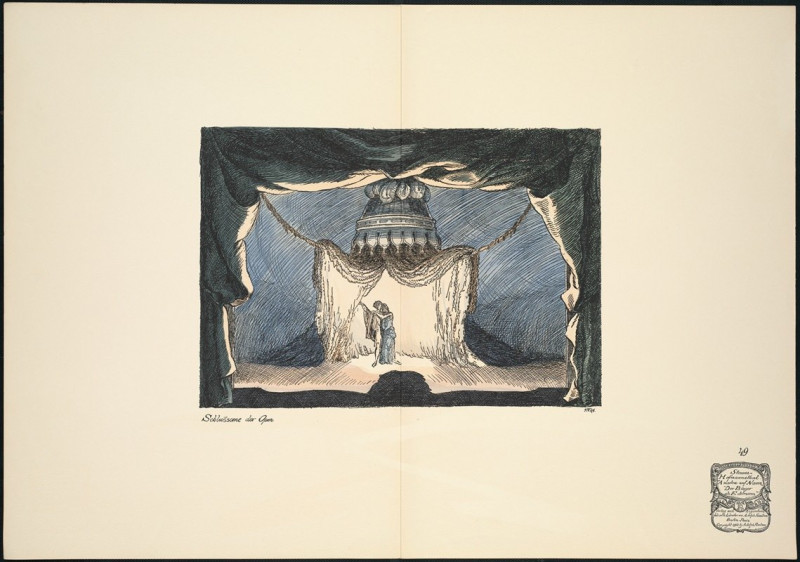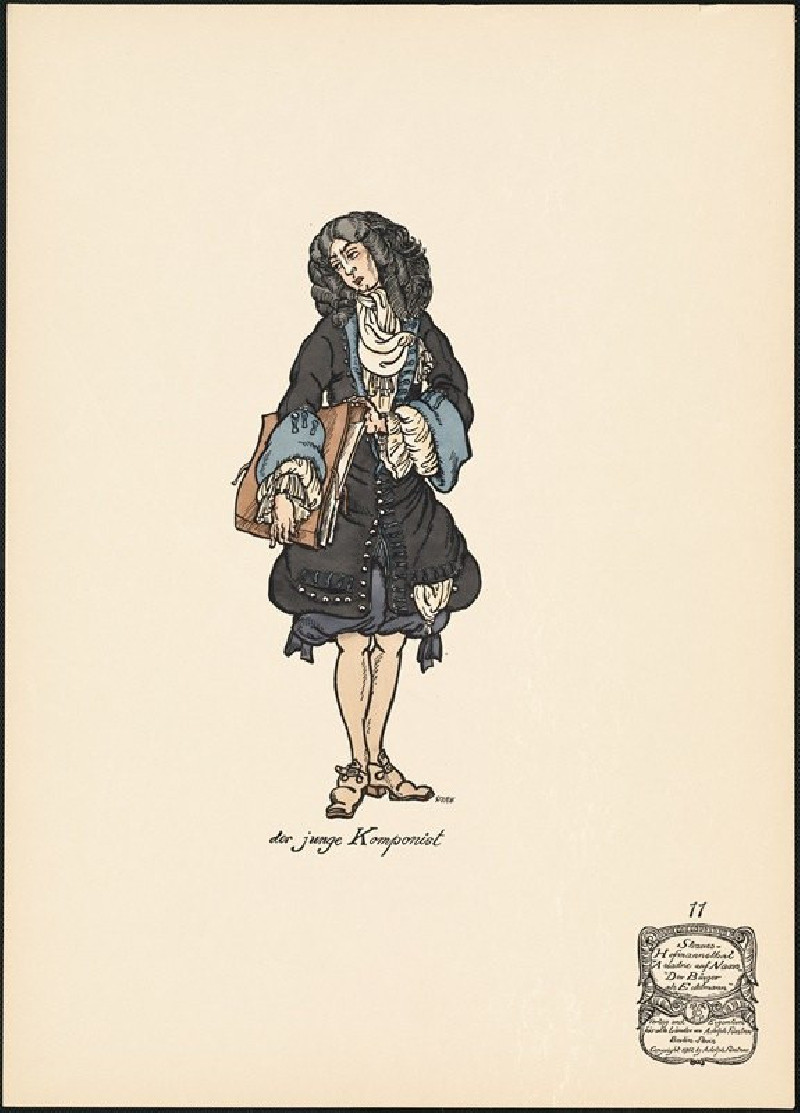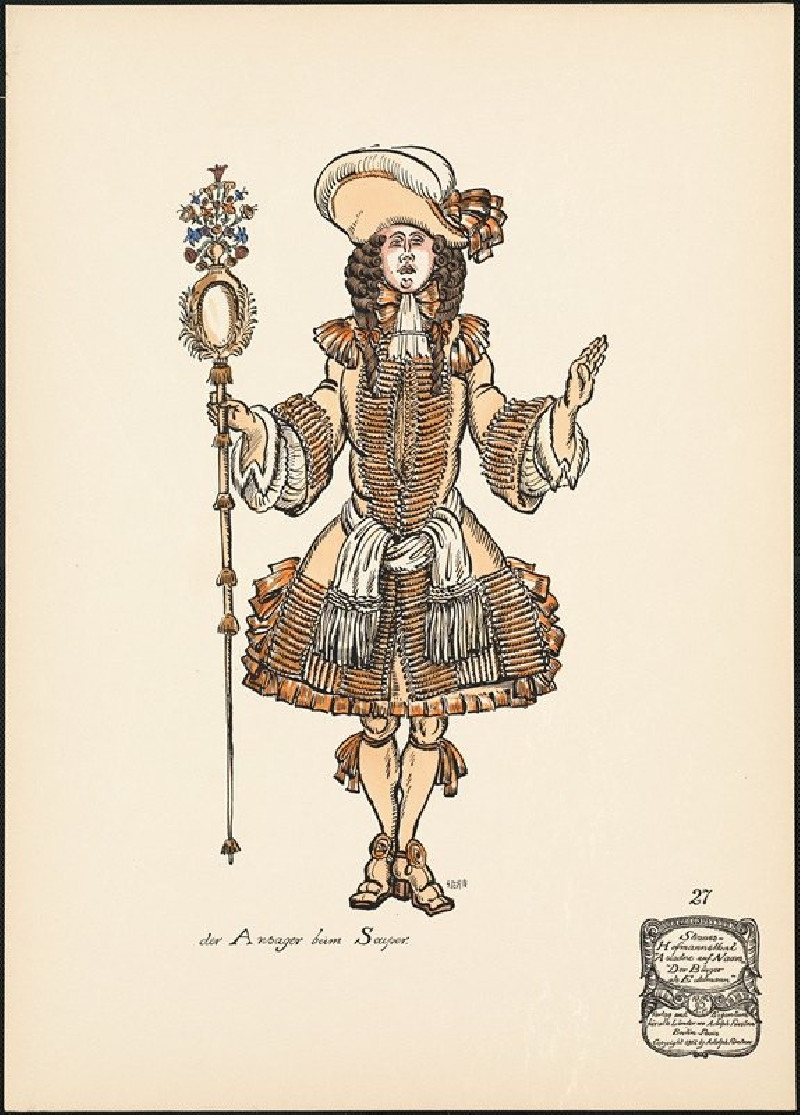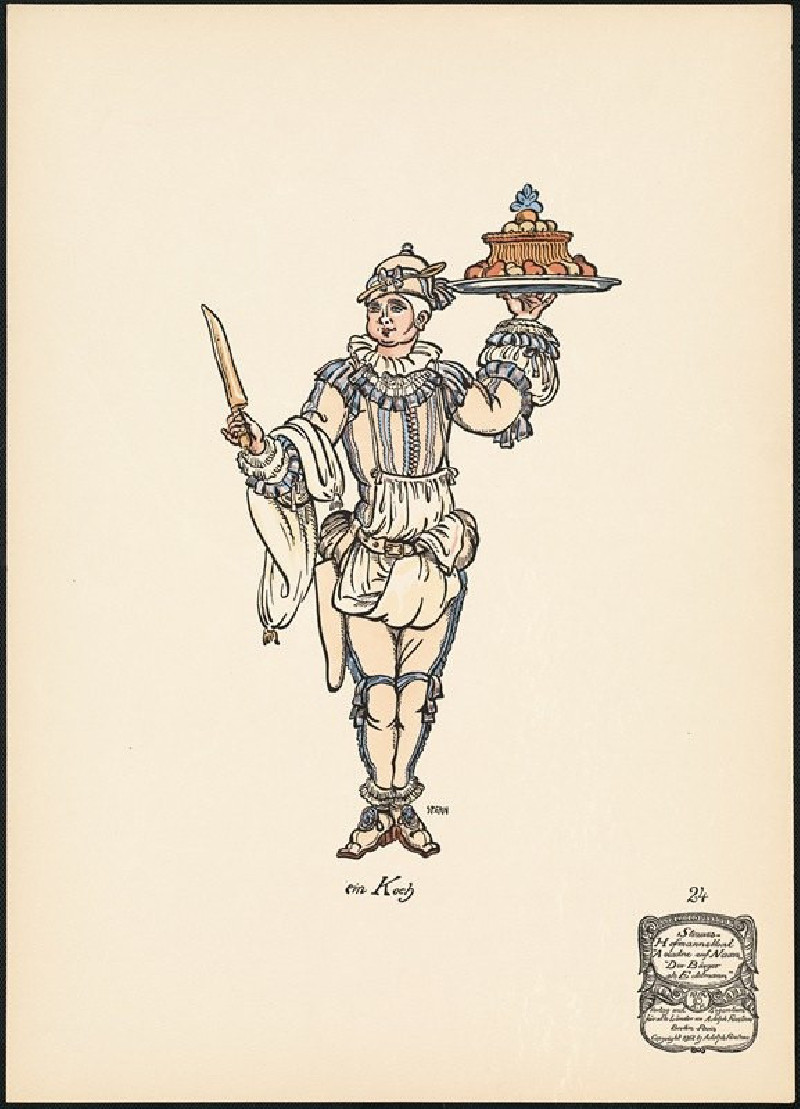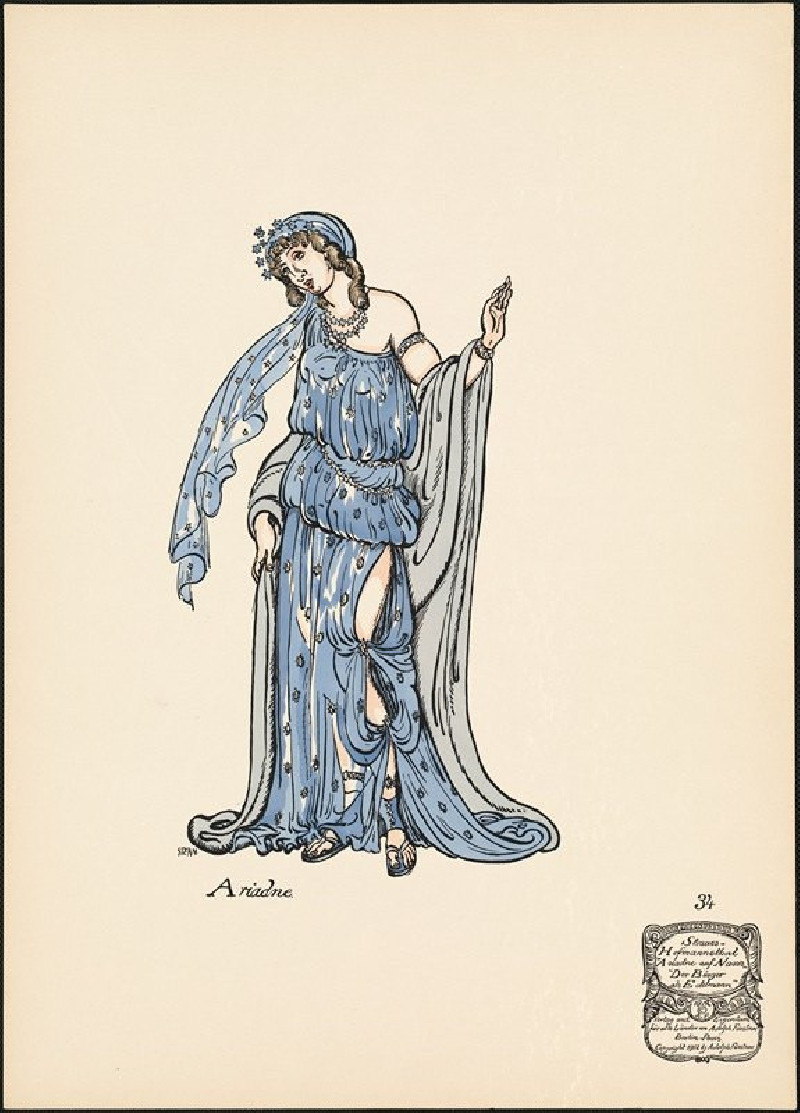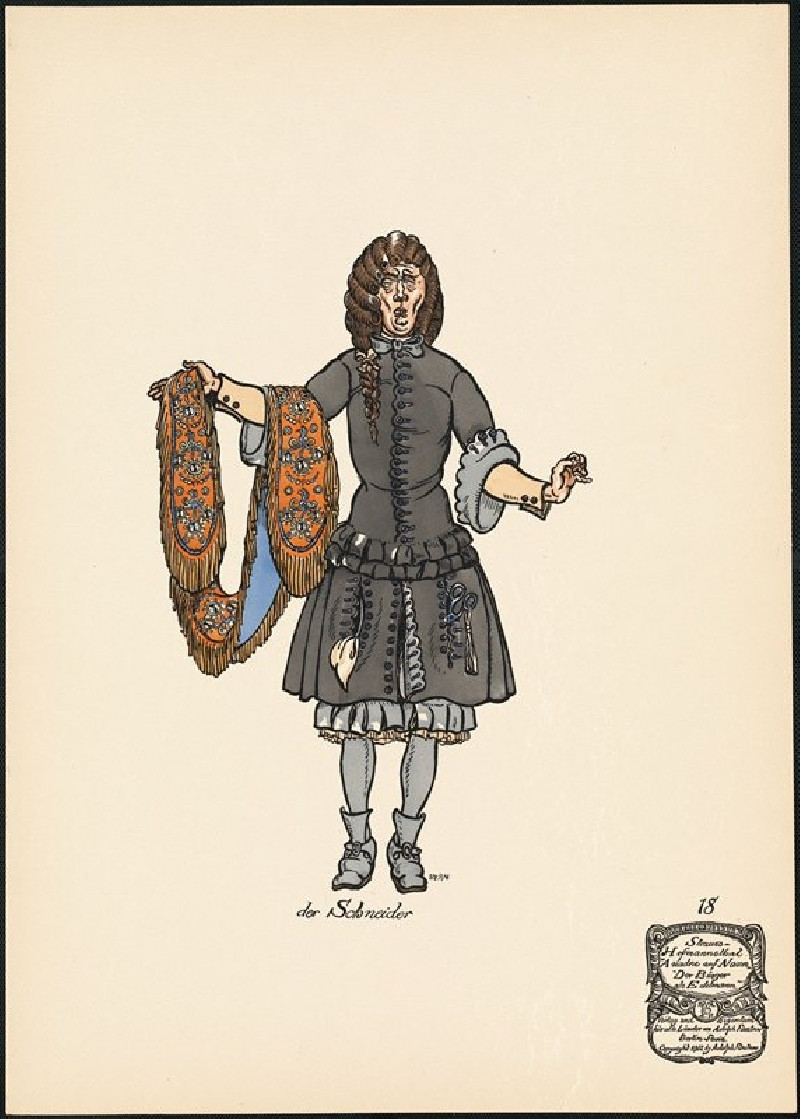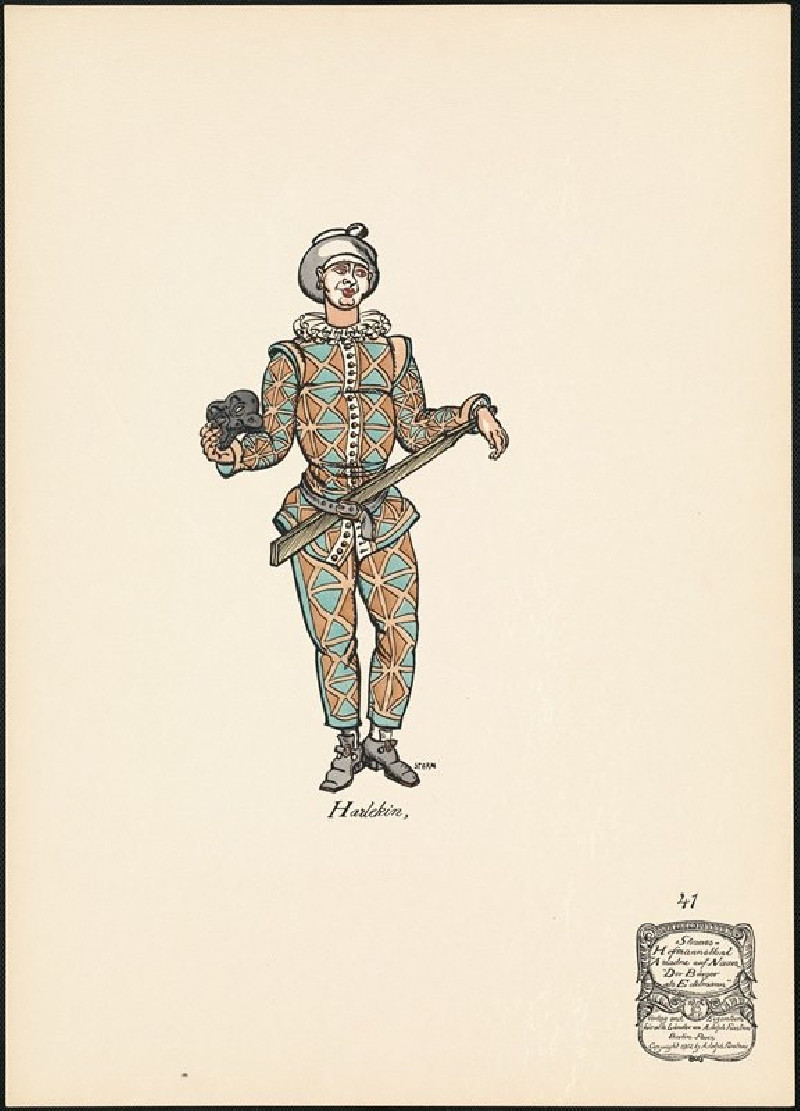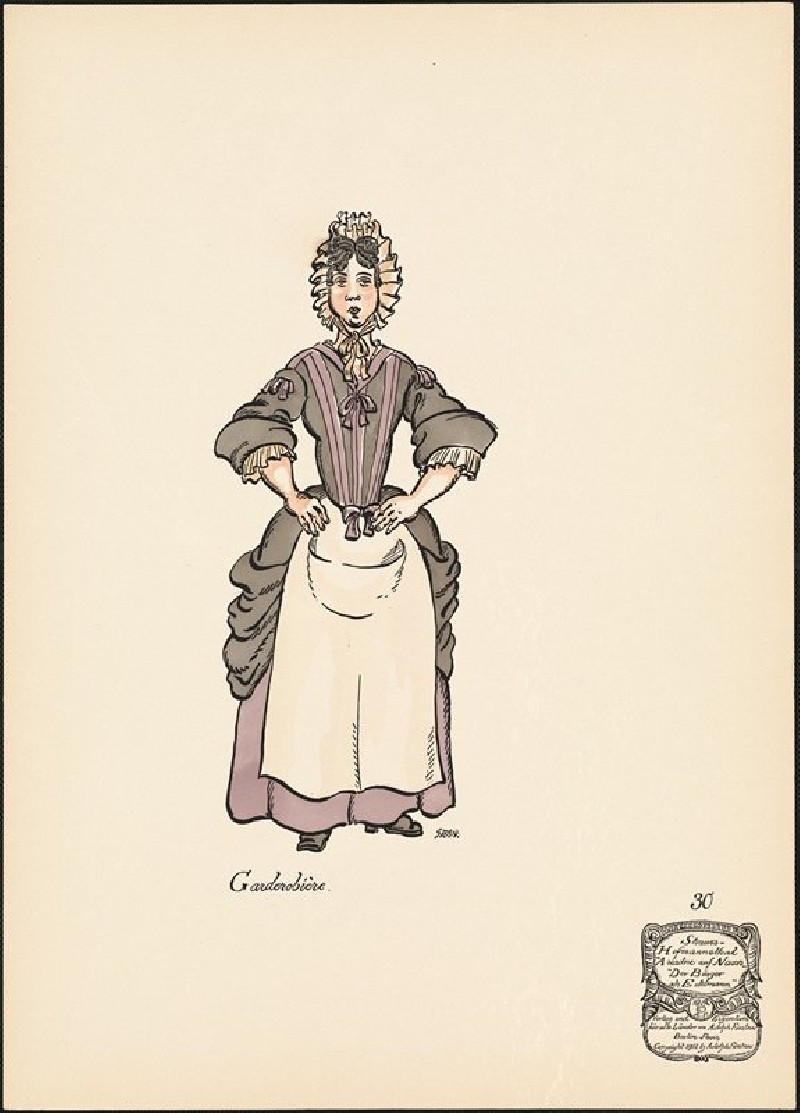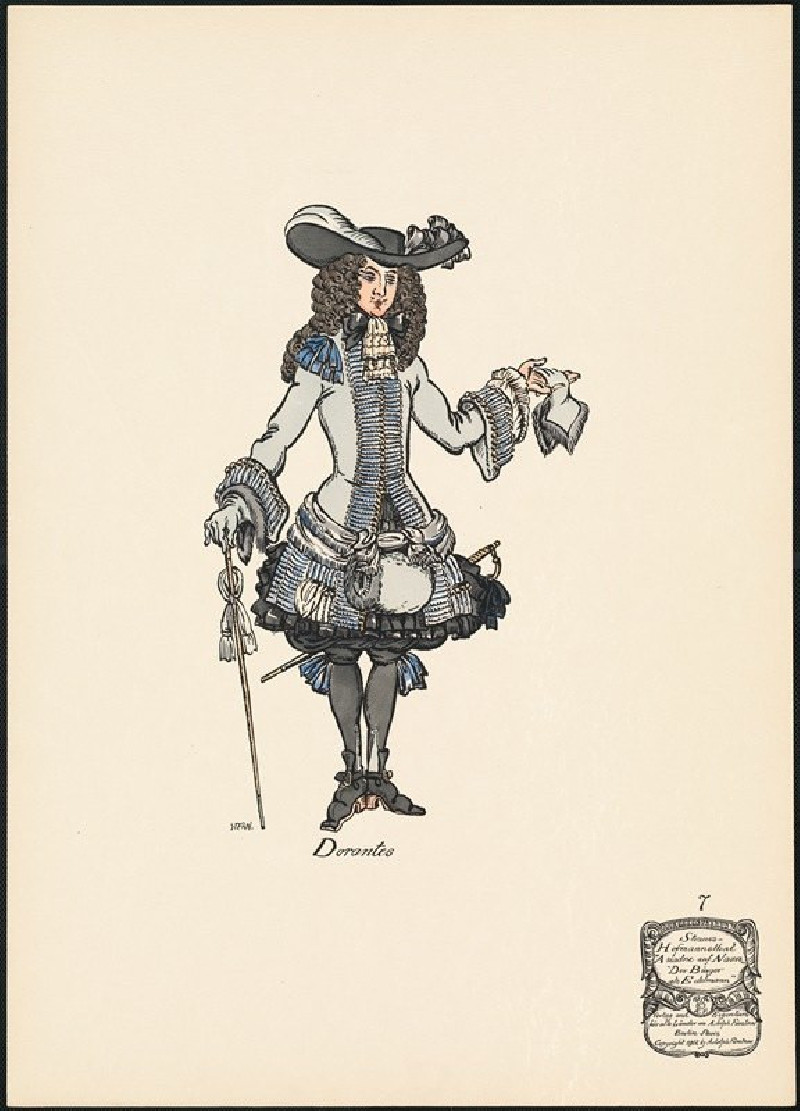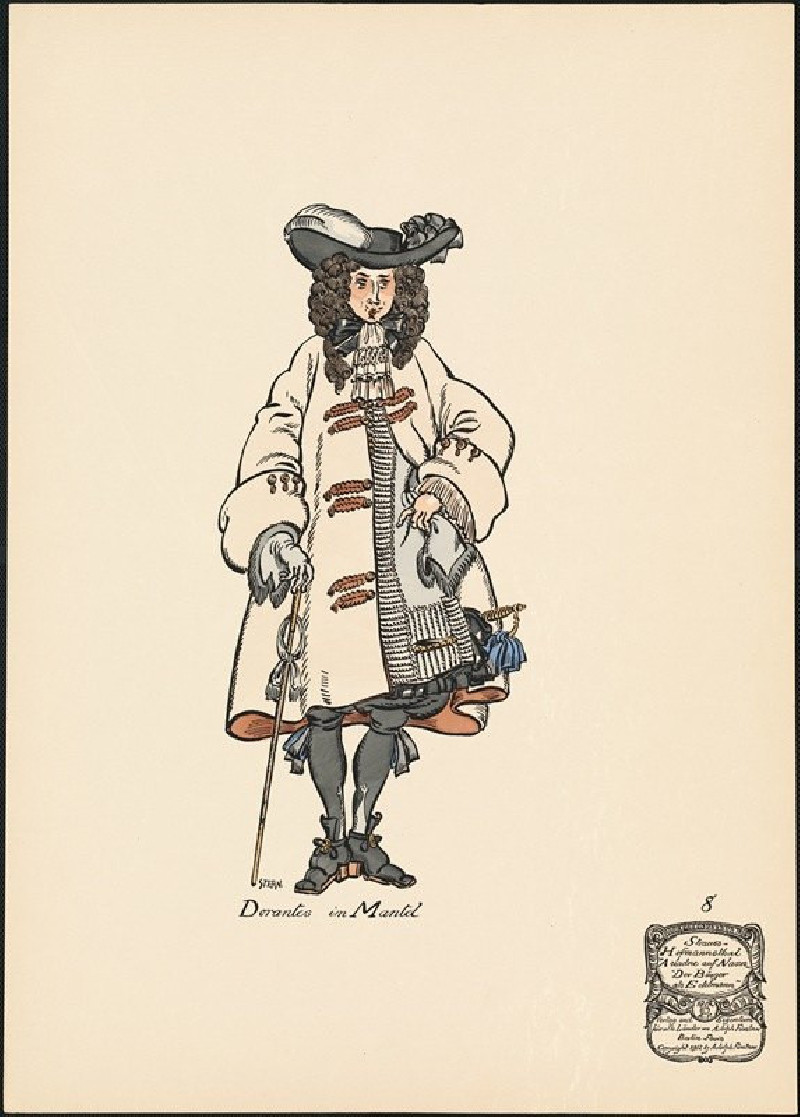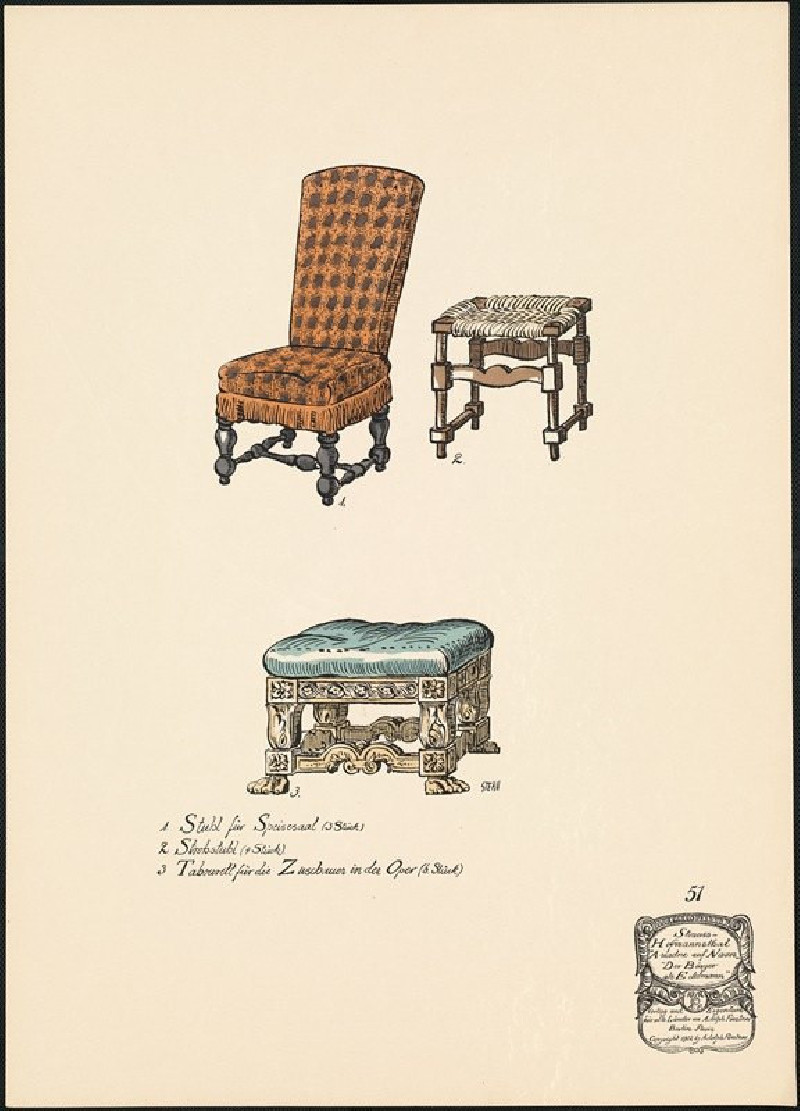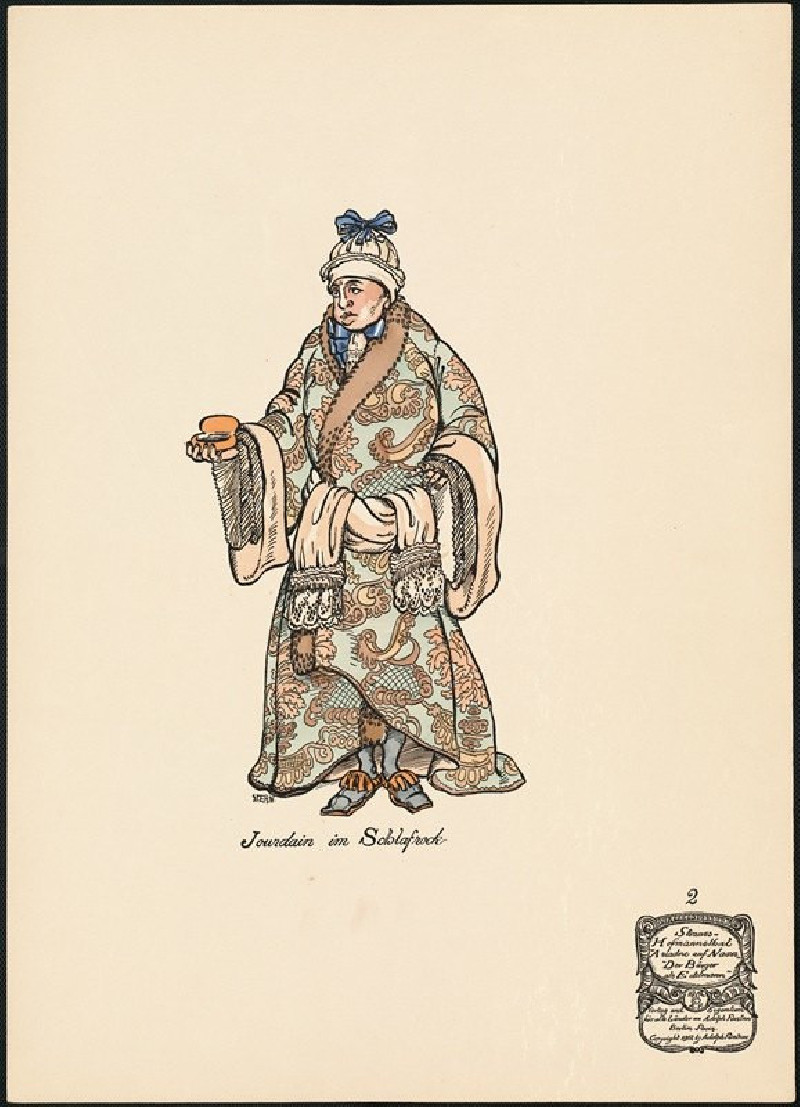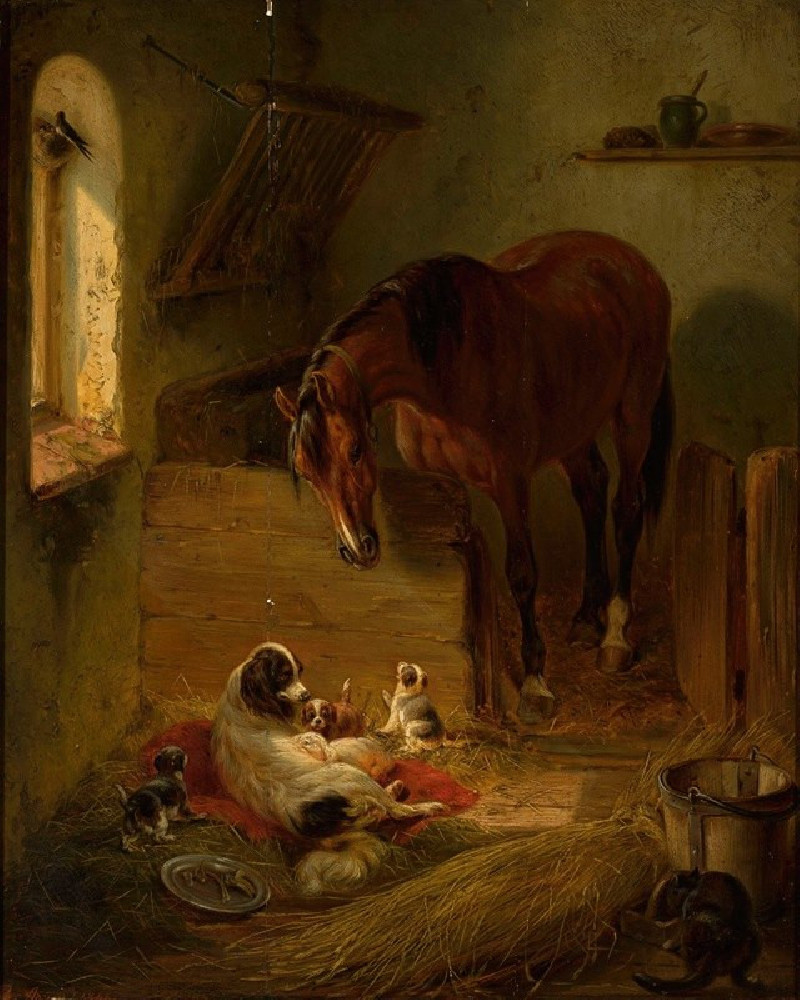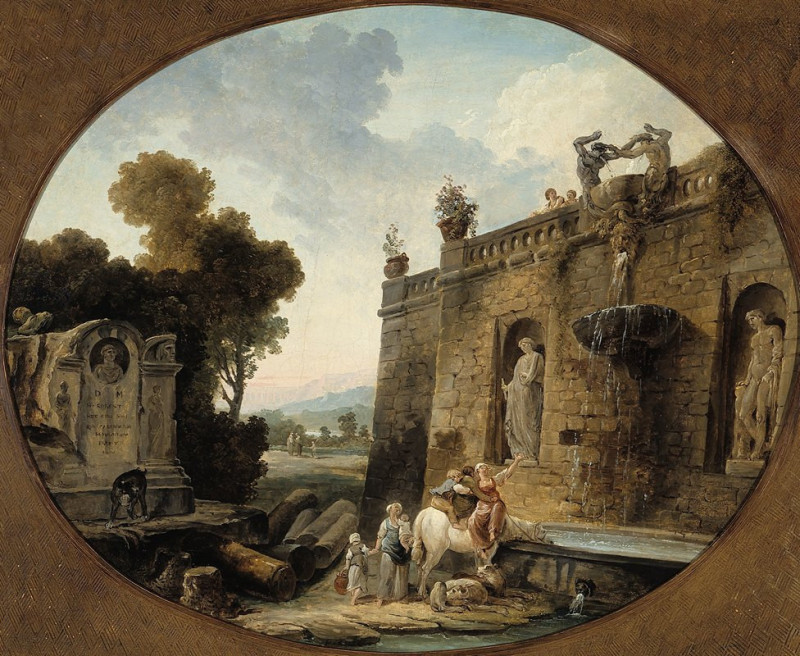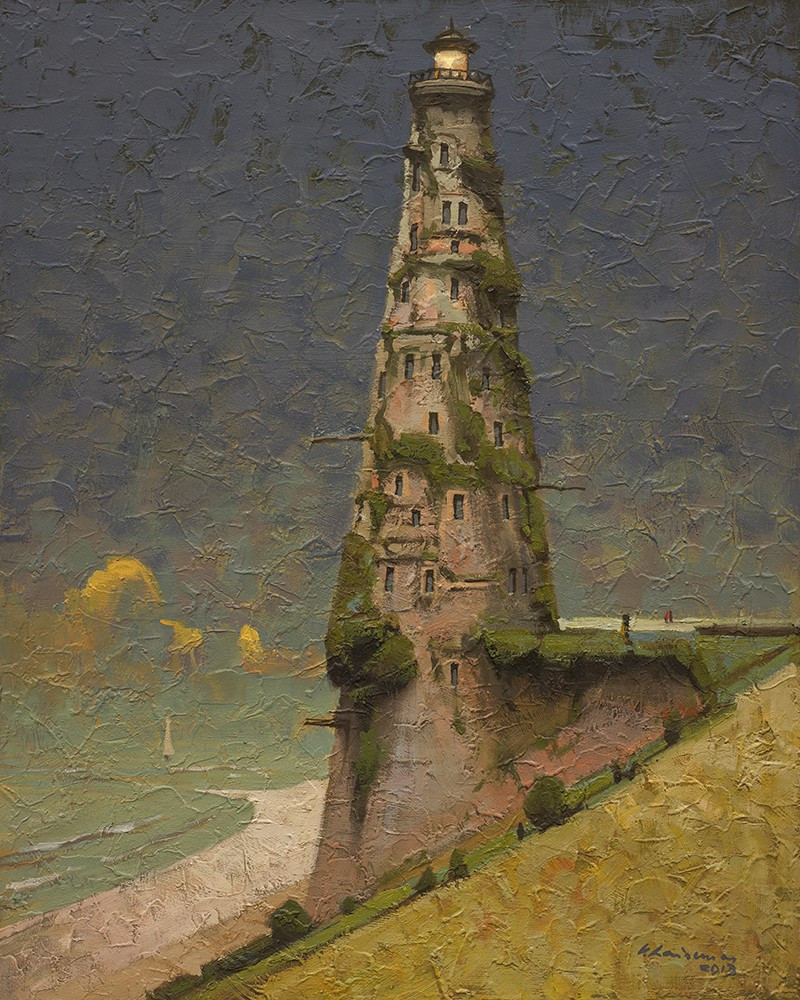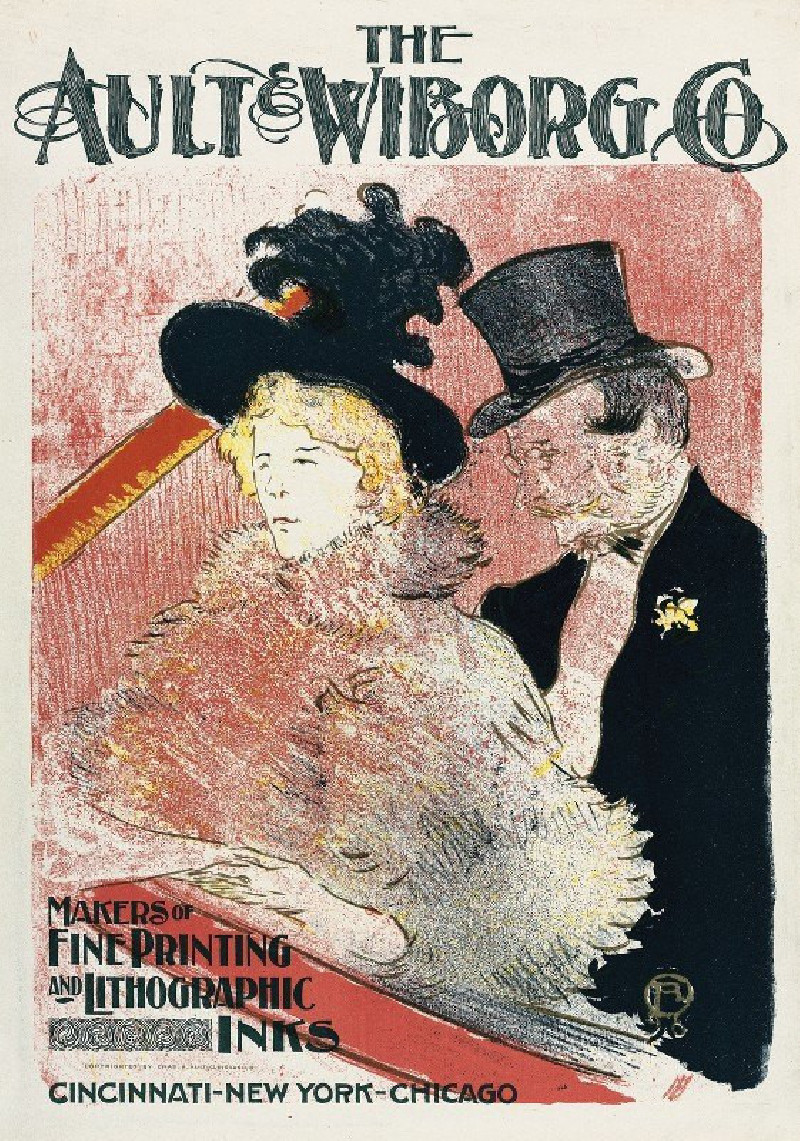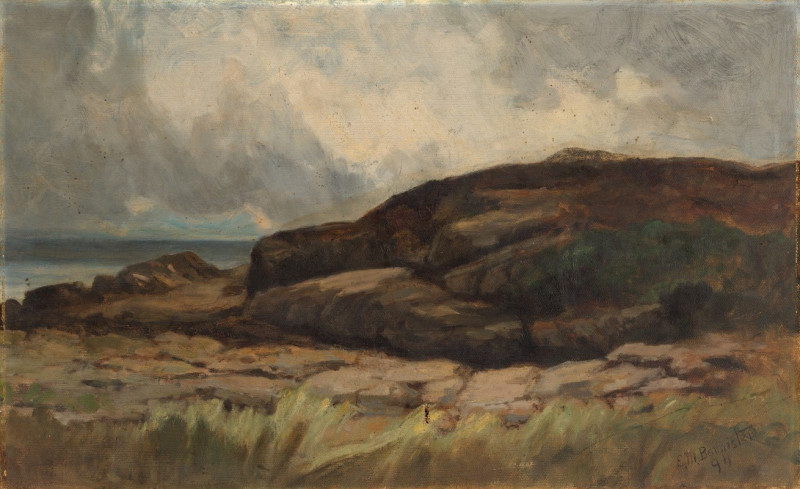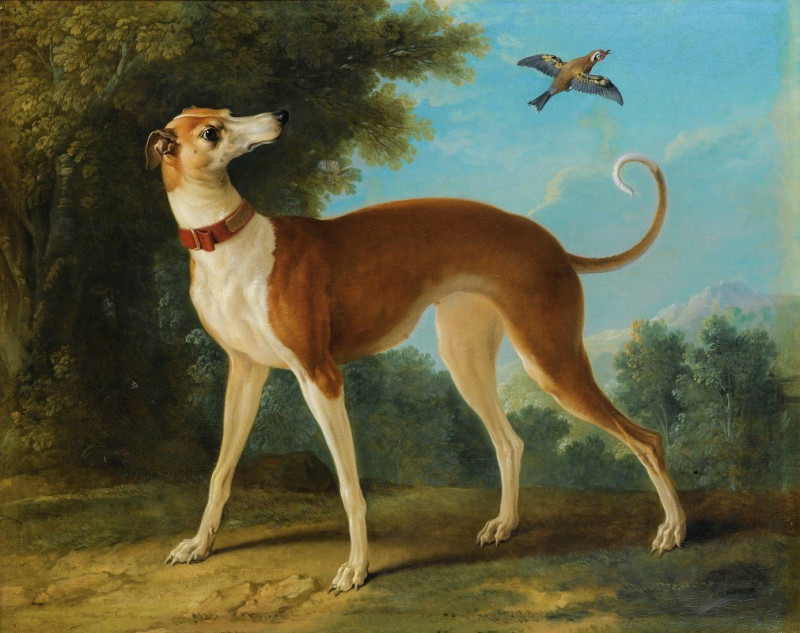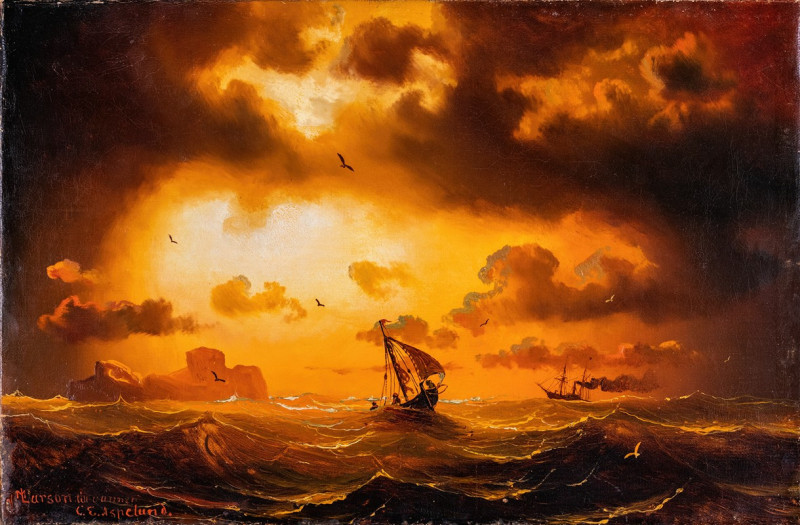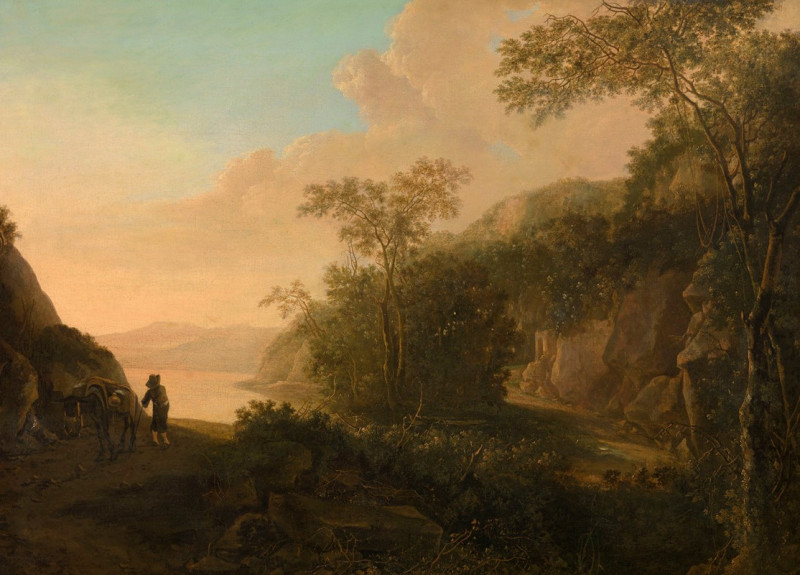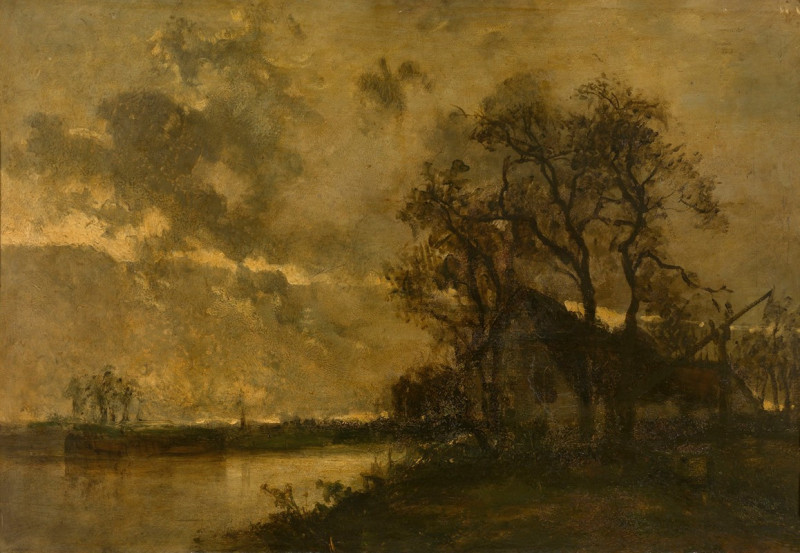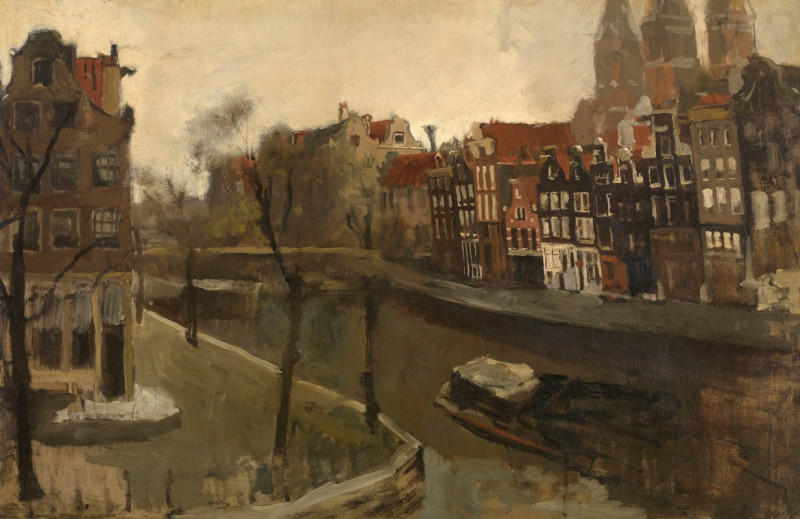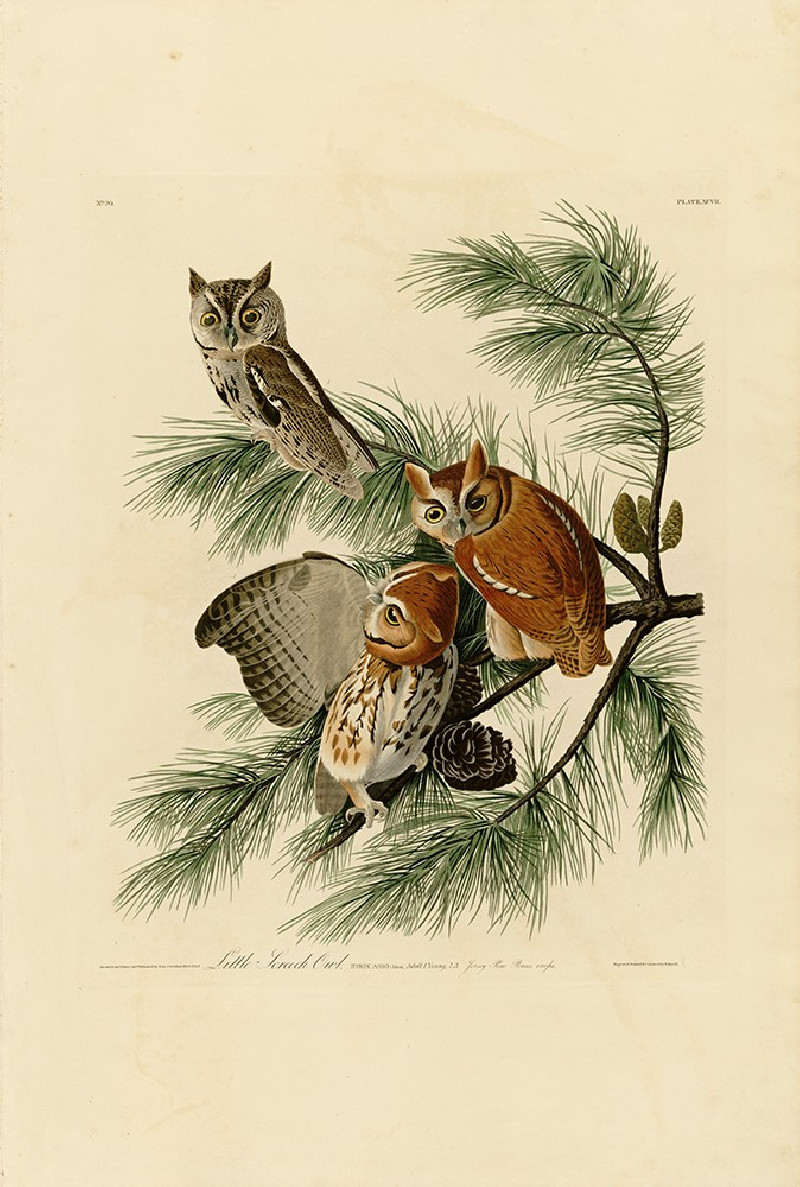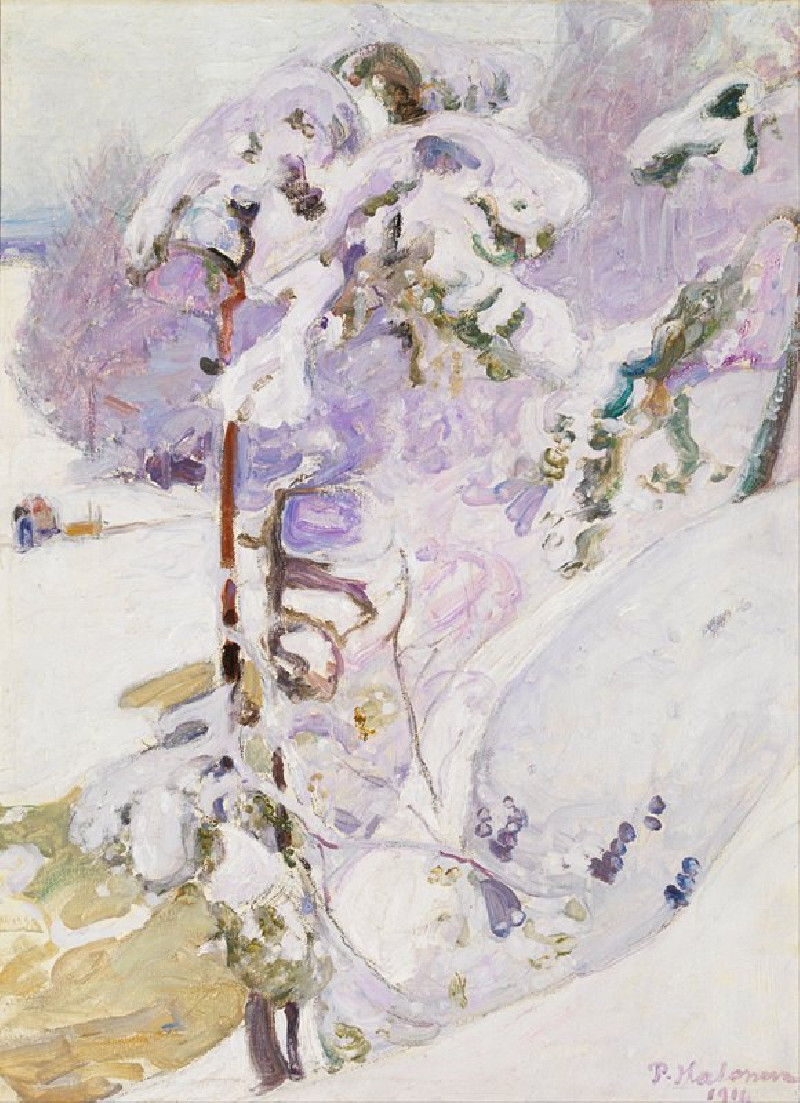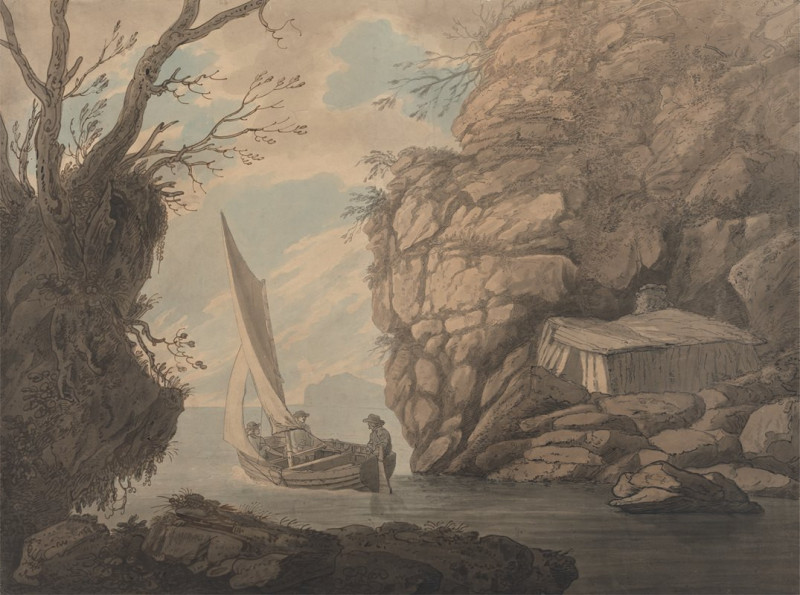Der Kellermeister (1912)
Technique: Giclée quality print
Recommended by our customers
More about this artwork
“Der Kellermeister” is a charming illustration by Ernst Stern that encapsulates the jovial spirit of the early 20th century with a touch of whimsical humor. This 1912 artwork depicts a robust and cheerful cellar master, a figure traditionally responsible for the management of wine production.The painting features a heavyset man adorned in typical cellar attire, complete with an apron and a crown-like hat, possibly suggesting his mastery and regal status in the realm of wine-making. He is portrayed with a broad, contented smile, holding onto a cluster of sausages and a mug, elements that hint at a life of hearty eating and drinking. Beside him is a cart filled to the brim with an assortment of bottled beverages, suggesting his readiness to serve or his success in the trade.Stern’s use of soft colors and detailed linework highlights both the personality of the cellar master and the textures of his tools and garments. This painting not only captures a character likely beloved in his community but also reflects a cultural appreciation for the craft of wine and festivity.


